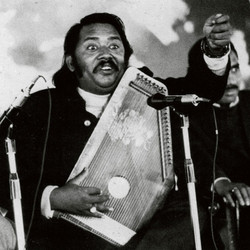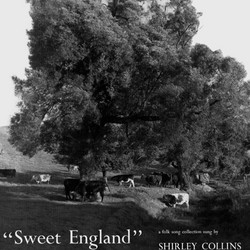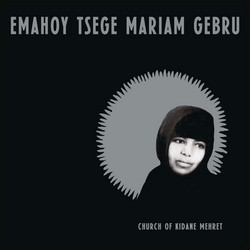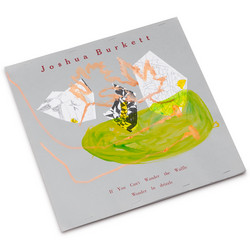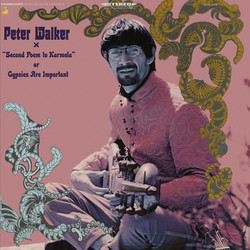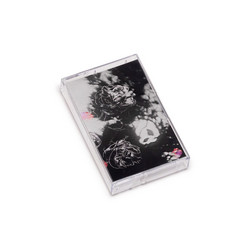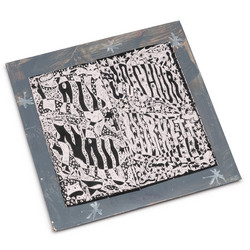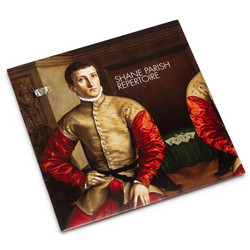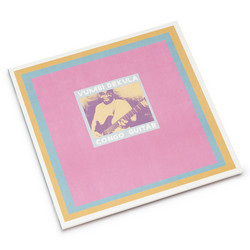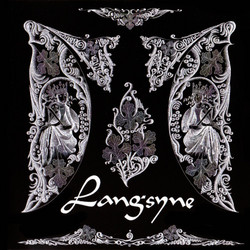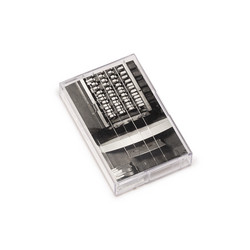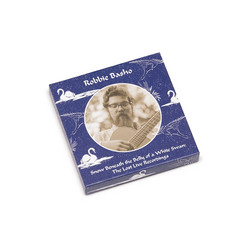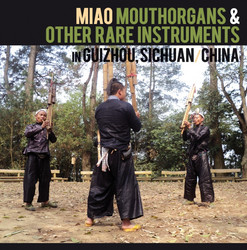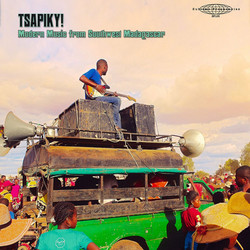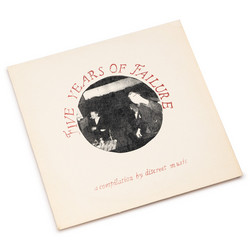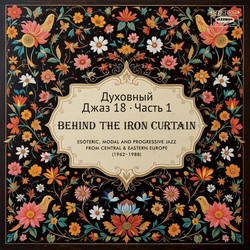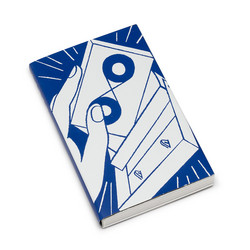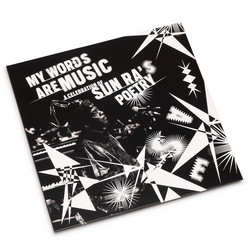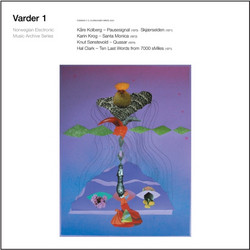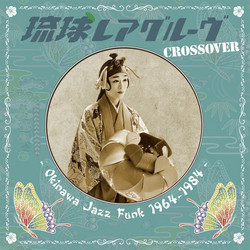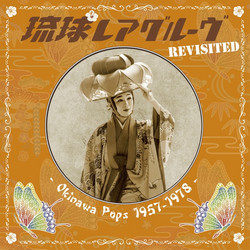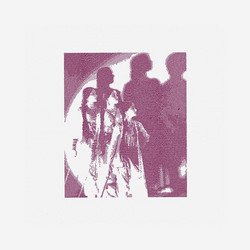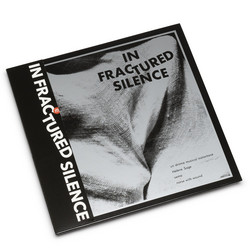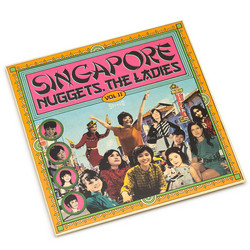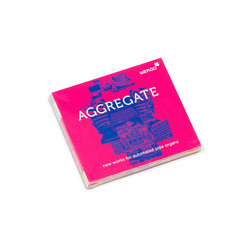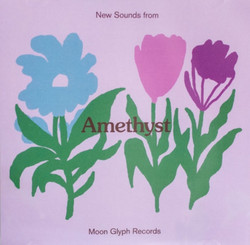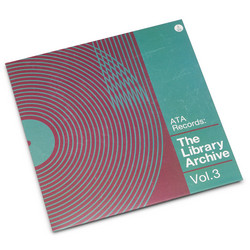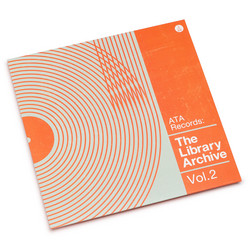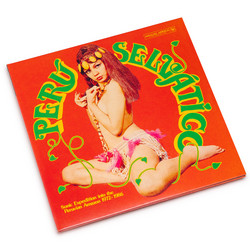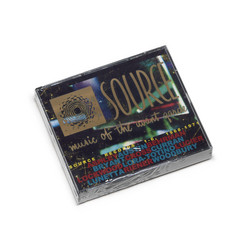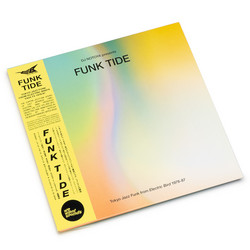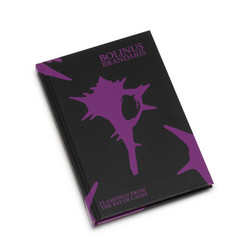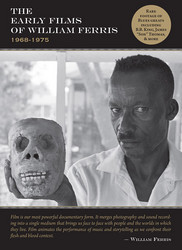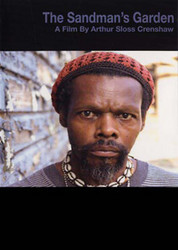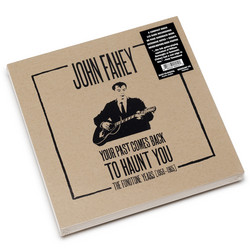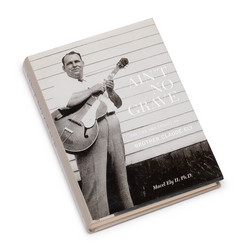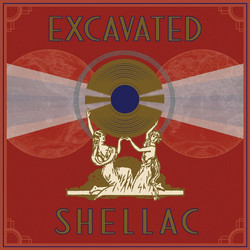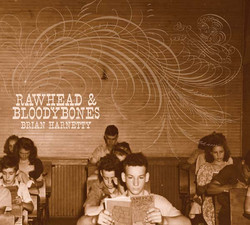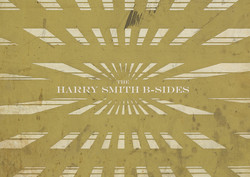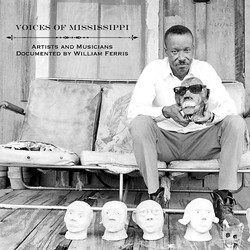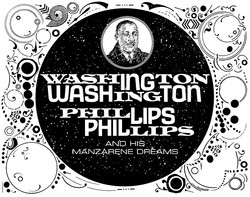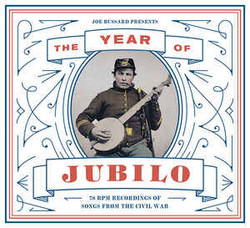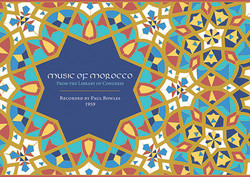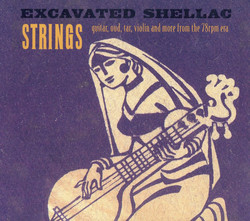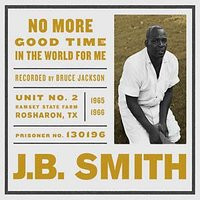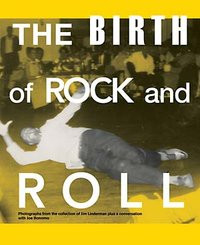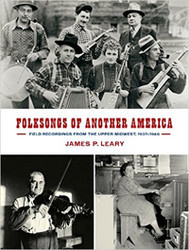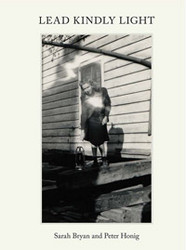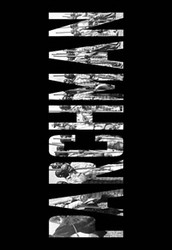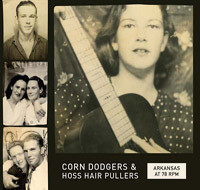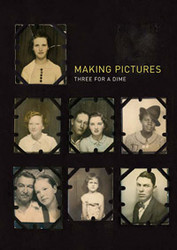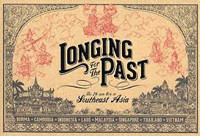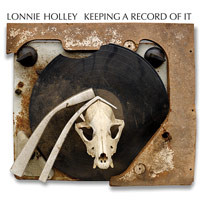Various
How Low Can You Go?: Anthology of the String Bass 1925-1941
The first anthology ever of the string bass; A 3CD box set in a cardboard box; 96-page book. Original recordings from 1925-1941, from the legendary archival label Dust-To-Digital (that previously brought the world the beyond-elaborate Goodbye, Babylon and Fonotone Records boxsets).
"Not so long ago, the string bass stood tall and proud -- roughly the length and breadth of a poor man's pine coffin -- in every musical aggregation throughout the land from Bangor to Buenos Aires, from the highest high life to the lowest lowdown: From tuxedoed symphony ensembles to tipsy Calypso bands to honkytonkers in oil-field dives, from elegantly gelled tango orchestras to jazz combos in unspeakable speak-easys to methed-out rockabilly trios right off some flatbed: you can be damned sure Johnny Cash wouldn't have been able to walk the line without bassist Marshall Grant keeping him honest. But somewhere along the line, the upright acoustic bass was snatched from its hallowed place atop the sedans (special carriage) and show-stages and relegated to the trash-heap of history in favor of Leo Fender's sleek electric cousin, plugged in to compete with amplified guitar and drums. Now the stand-up bass makes its appearance mostly in limousine-liberal Lincoln Center jazz benefits and hardcore bluegrass bands -- or as a comical hayseed prop in retro hillbilly outfits. And yet in that span between the turn-of-the-century tuba blaring from an Edison cylinder and today's synthesized-bass loops heaving from every SUV on the pike, the hypnotic pull of the old-school string bass remains. A musical craft handed down by calloused, bandaged fingers, it wrought a mighty saga of bottom-heavy rhythms that rattled the walls of many a venue and anchored many an historic recording session. Without it, the revolutionary sound of American mongrel music of the last century would have been thin gruel indeed." --Eddie Dean, from the liner notes.
New York Times: "Tuning into the bass with this particular sequence of records can clear up one of the most elusive qualities of early jazz: its deep relationship to all this other new-world music. In four tracks between 1929 and 1932, for example, we hear the bassist Al Morgan with the Trinidadian bandleaders Wilmoth Houdini and Lionel Belasco; we also hear him in New Orleans and Harlem jazz groups. His rhythmic vocabulary and relationship to the beat is much the same. This was how cross-pollination worked. If this particular light bulb hasn't gone on for you before, it will now."
"All over New York it has been noticed that, with most of the prominent bands, the string bass, alias 'bull fiddle,' alias 'dog house,' is replacing the tuba. Leaders agree that the string bass has a far greater carrying power than the tuba, and that it blends much more effectively. Practically all of the exponents of the tuba double in string bass, so the only inconvenience resulting from the switch will be the difference in sizes of the instrument cases, which, take our word for it, is plenty." — Billboard, April 10, 1926
